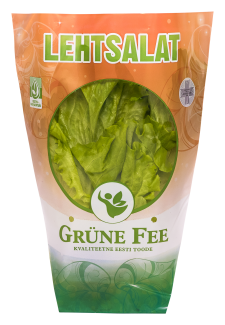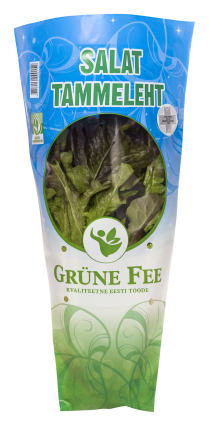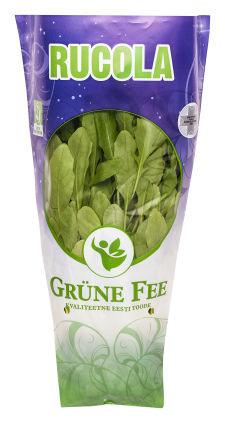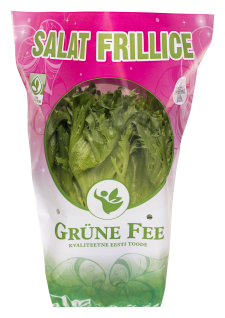Products
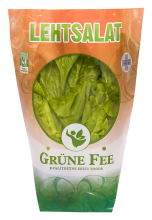
Leaf lettuce
Leaf lettuce
XMild, juicy, and soft to the bite. Best used as the main ingredient in a fresh salad. Flavour with various dressings, e.g. balsamic vinegar. Top tip: adding a dash of oil helps to maximize taste experience. Leaf lettuce is perfect on top of a sandwich, in a smoothie, or for garnishing a range of dishes.
Storage tips
Potted leaf lettuce lasts longest when kept between +4 and +8 °C. This means storage is easiest in a cool place, such as a pantry or refrigerator. For longer storage, you should also lightly water the plant once a day. You can keep the pot in a glass of water, but cool conditions are still recommended. Will also keep well on the kitchen table or a window sill if watered properly, though not quite as long as when kept cool.
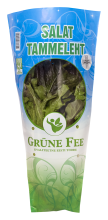
Oak leaf lettuce
Oak leaf lettuce
XThis lettuce has a dark red shade and oak leaf-shaped leaves, which make it highly decorative and great for adding a touch of colour to salads. Can also be used for garnishing sandwiches. It has a strong and slightly bitter taste. The leaves are tastiest when used young.
Storage tips
Oak leaf lettuce is best stored in a regular refrigerator, as its ideal storage temperature is between +4 and +8 °C. For longer storage, keep the plant moist.
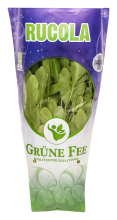
Garden rocket
Garden rocket
XThe slightly bitter and mustard-like flavour of this leafy herb makes it perfect for use in fresh salads, e.g. when combined with mild-flavoured leaf lettuce and feta or mozzarella. Excellent addition to pizzas, omelettes or steaks, as well as for making pesto. Young leaves have a flavour reminiscent of garden cress, mustard, and nuts.
Storage tips
It is best stored between +4 and +8 °C. This means rocket is easiest to store in a cool temperature-controlled space, such as a pantry or a refrigerator. For longer storage, you should also lightly water the plant once a day. You can keep the pot in a glass of water, but cool conditions are still recommended. Warmth leads to faster decay.

Frillice lettuce
Frillice lettuce
XFrillice is a variety of iceberg lettuce with thicker and more closely packed leaves and broader stems than regular leaf lettuce. Its colour is a deeper shade of green and it is also a fair bit crunchier. Thanks to its stronger leaves, frillice stays fluffier in mixed salads and is not as quick to collapse. It is also great for making hot sandwiches. Highly decorative when used for garnishing snack platters or as the base layer of a snack tray.
Storage tips
Potted frillice is best stored between +4 and +8 °C. Keep it in a cool place, such as a pantry or refrigerator. For longer storage, you should also lightly water the plant once a day. You can keep the pot in a glass of water, but cool conditions are still recommended. Will also keep on the kitchen table or a window sill if watered properly, though not quite as long as when kept cool.
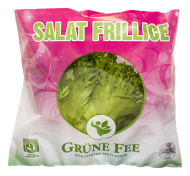
Cut frillice
Cut frillice
XFrillice is a variety of iceberg lettuce with thicker and more closely packed leaves and broader stems than regular leaf lettuce. Its colour is a deeper shade of green and it is also a fair bit crunchier. Thanks to its stronger leaves, frillice stays fluffier in mixed salads and is not as quick to collapse. It is also great for making hot sandwiches. Highly decorative when used for garnishing snack platters or as the base layer of a snack tray.
Storage tips
Cut frillice is best stored between +4 and +8 °C. Keep in the refrigerator. Cut frillice is best used immediately, as even when kept in the refrigerator, it will wilt within a few days.
